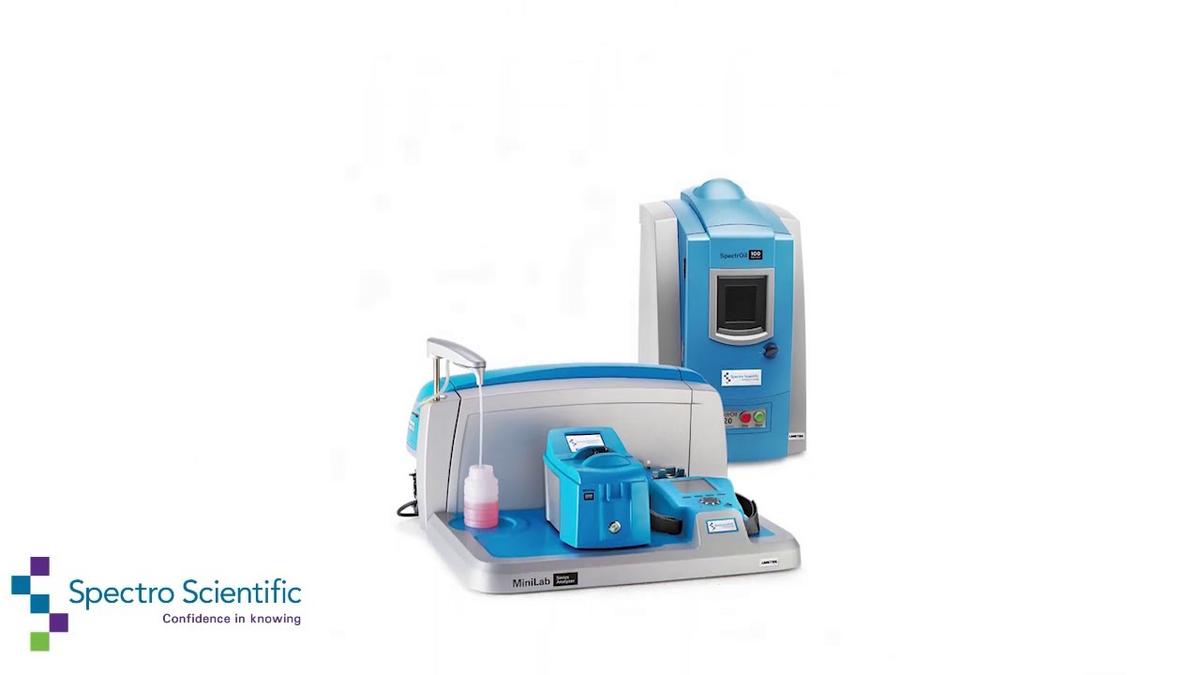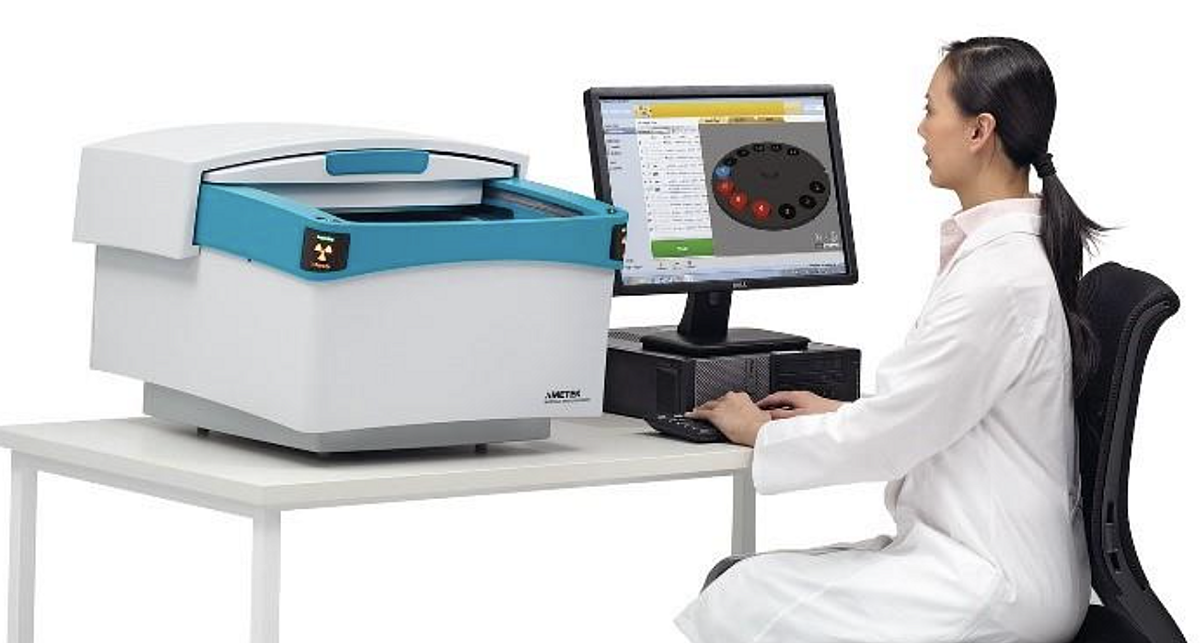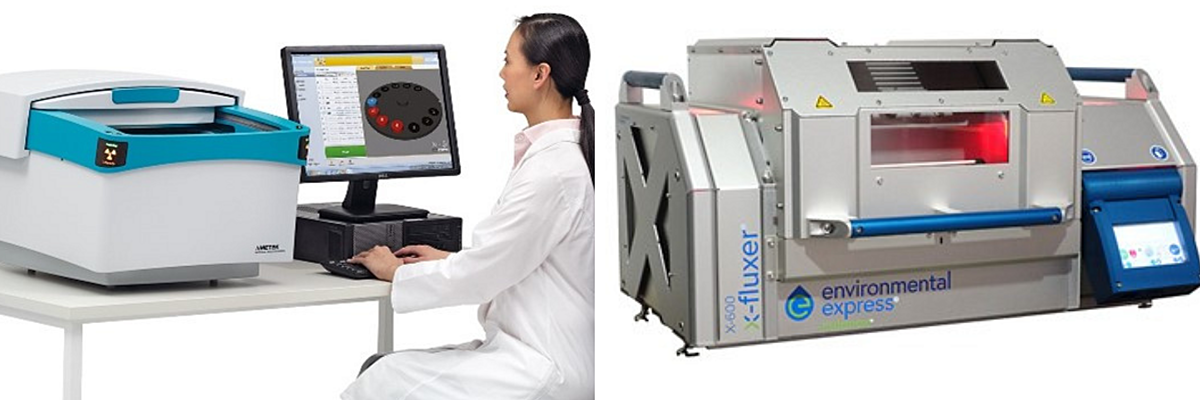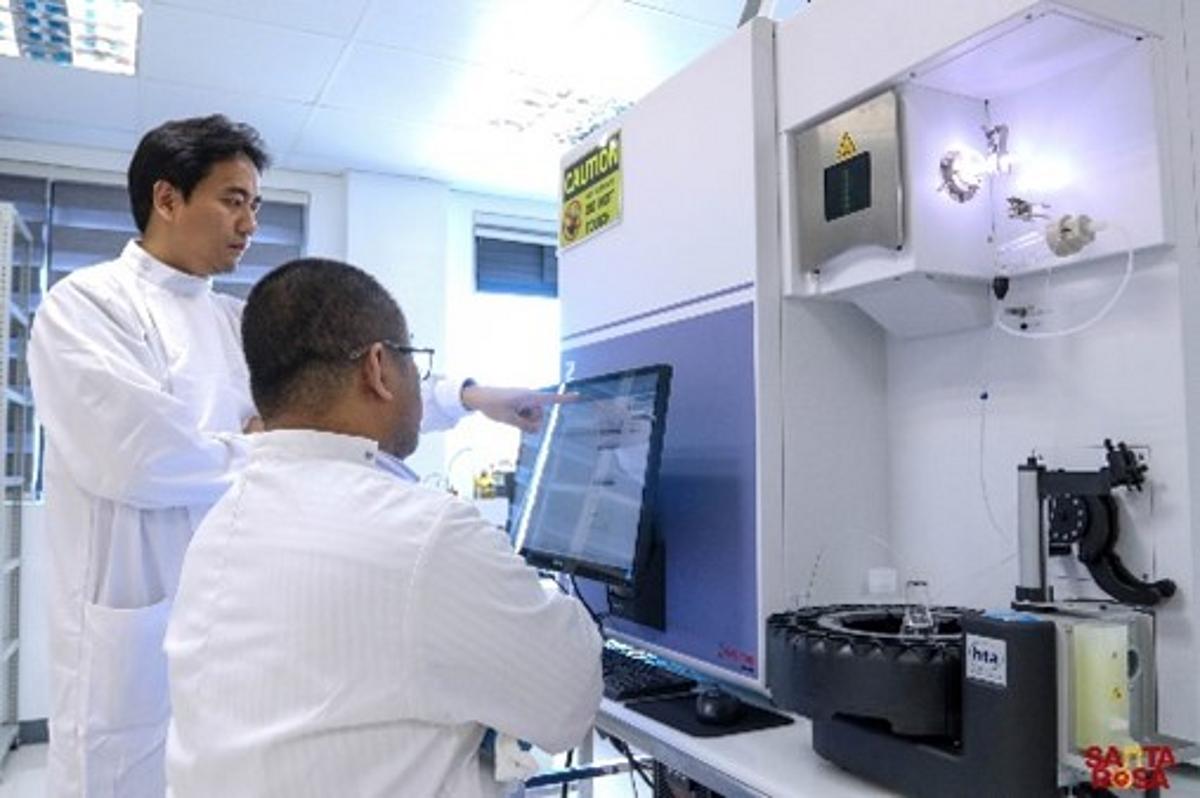The practice of in-service oil analysis or used oil analysis started over a century ago on locomotive engines. Now it is one of the most important components of condition based maintenance (CBM), a practice of assessing a machine’s condition by periodically gathering data on key machine health indicators to determine maintenance schedules. Billions of dollars are spent every year replacing machinery components that have worn out due to insufficient lubricant performance. Knowing how to interpret changing lubricant properties can increase both the uptime and the life of mission critical assets. The existence or amount of debris and particles from wearing parts, erosion and contamination provide insights about the issues affecting performance and reliability.
Lubricants, fuels and other key fluids analyses provide critical early warning information indicative of machine failure. By analyzing and trending data, one can schedule maintenance before a critical failure occurs. The results are higher equipment availability and productivity, lower maintenance costs, lower total cost of ownership (TCO), fewer outages, optimal equipment performance and a greener operation.
What is In-service Oil Analysis?
Lubricating oil is the life blood of oil wetted machinery. In-service oil analysis can provide information about machine wear condition, lubricant contamination as well as lubricant condition (Figure 1). Reliability engineers and maintenance professionals can make maintenance decisions based on diagnoses of oil analysis results.
Machine wear analysis is essentially the analysis of particles in the oil. Machine wear can be classified into adhesive (sliding) wear, abrasive (cutting) wear, fatigue wear, and corrosive wear. A full suite of wear particle analyses includes measure of particle count and distribution, particle shape and morphology, wear metal and alloy elements and the presence of large ferrous particles. Over the years different techniques and instruments have been deployed in the field or in commercial laboratories but essentially they all provide the information mentioned above. Even though all wear particle analysis techniques can be applied to different types of assets, specific issues are different for industrial rotating machines than from rotating engines. Reciprocal engines tend to generate fine wear particles and engine oils can be dark due to soot (nano-sized carbon particles as combustion byproduct). Elemental analysis is primary or sometimes the only analysis performed in a commercial oil lab that assesses engine wear conditions because concentrations of different wear metal elements indicate wear severity of moving parts in an engine. Slower moving rotating machines, such as gearboxes, tend to generate larger wear particles. As most of them are made of steel, large ferrous particle analysis is fairly common and easy to perform on oils from these assets.
Contaminants in oil can be in solid or liquid form. Solid contaminants such as sand and dirt are commonly monitored by particle counting and sizing techniques. Liquid contaminant for industrial rotating machines is mostly water. For diesel or gas engines, however, it can be water, coolant or fuel. A fairly common fluid contaminant across all asset types is the accidental or purposeful use of an incorrect lubricant when topping off old oil. All contaminants can significantly reduce the useful life of the oil and increase machine wear. They need to be prevented proactively with proper seals and filtration systems and they need to be monitored regularly.
Monitoring lubricant degradation helps one decide if the oil is no long fit for use and if it needs to be changed. One key oil property is viscosity. The viscosity is typically measured at 40C for rotating machines and at 100C for engines. For oil in rotating machines, oxidation and acidity of the oil (Total Acid Number or TAN) are monitored to determine if the oil is still fit for use and to prevent corrosion. For engine oils, oxidation, nitration, sulfation and total alkaline additive reserve in oil (Total Base Number or TBN) are monitored. For natural gas engine oils, TAN is monitored along with other engine oil parameters.
Benefits of In-Service Oil Analysis
The key benefits of in-service oil analysis are maintenance cost savings and productivity increases from increasing the uptime of running machines. Machines run longer if the right oils are used and if the oils are dry, clean and fit for use.
Oil mix up is one of the most common lubrication problems contributing to machine failure. Putting the right lubricating oil in a machine is a simple task that can improve machine reliability. Checking the viscosity, brand and grade of incoming oil and checking for contamination of alien fluids help to reduce the chances of oil mix up and keep the machines running at optimal efficiency.
In order to keep the oil dry, clean and free of contaminants, seals and filtration systems need to work properly and oils should be checked regularly. Sand and dirt in oil cause the generation of abrasive wear. Moisture in oil causes corrosion. Fuel or coolant in engine oil changes viscosity and causes the generation of adhesive wear. It is necessary to keep the lubricating oil clean and dry at all times.
To keep oil fit for use, oil conditions are to be monitored regularly to make sure the oil is used within its performance specification. A well balanced oil analysis program shall monitor machine wear condition, oil contamination and oil degradation. Key parameters are measured regularly and their trends are closely monitored. If one or more parameters exceed the alarm limits or a change in the trending rate is detected, reliability engineers are alerted and maintenance actions may be needed to resolve potential problems.
The cost savings from a well-executed oil analysis program come from reducing production loss from unplanned down time due to catastrophic failure as well as decreasing repair costs and eliminating unnecessary oil changes. In a power plant or paper mill, the cost savings mainly come from reduced machine down time and repairs. In a mining site with hundreds of hauling trucks, the cost savings mainly come from eliminating potential engine failures. For a municipal transportation fleet, however, the cost savings from oil analysis are due to reduced material, labor and recycling by extending the oil drain intervals.
The Spectro Scientific Minilab series meets your requirement for comprehensive in-service oil analysis needs, simple test protocol, fast and easy to operate.
For inquiries, please contact : (1) Joey Guyo email: joey@qesnet.com, hp: 09175855395 (2) Odra Ocampo email: odrazen@qesnet.com, hp: 09177053842. QES will have its 2nd technical seminar on “Eliminating Downtime Through Machine Condition Analysis”, this Q2’23, it is FREE of charge, kindly contact us for details. Spectro Scientific is distributed by QES Technology Philippines, Inc., email: qtpmarketing@qesnet.com










